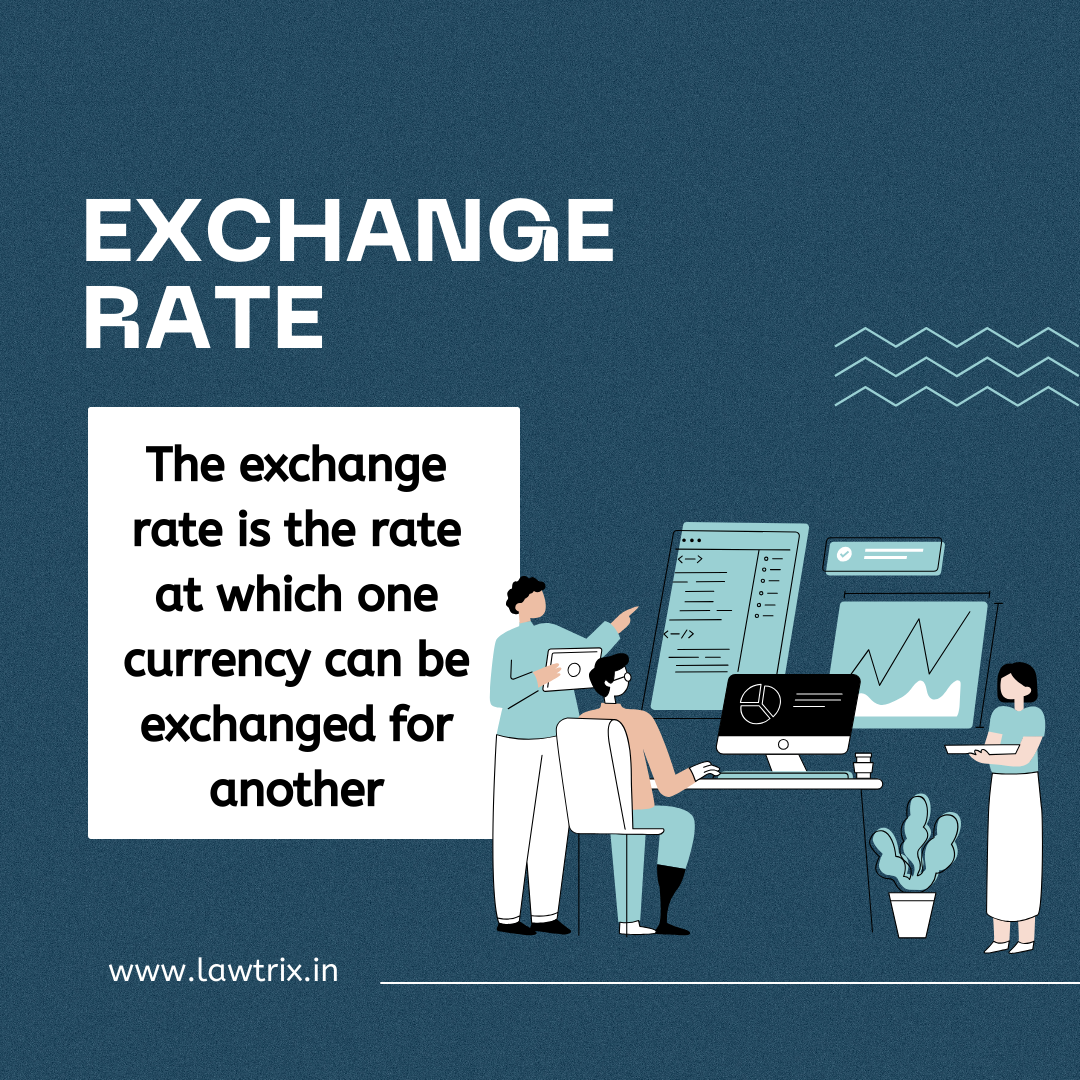


The exchange rate is the rate at which one currency can be exchanged for another. It represents the value of one currency in terms of another and is a crucial factor in international trade and finance. Exchange rates can be expressed in various ways, and they play a significant role in determining the relative strength of different currencies. Currencies are most commonly national currencies, but may be sub-national as in the case of Hong Kong or supra-national as in the case of the euro.
Each country determines
the exchange rate regime that will apply to its currency. For example, a
currency may be floating, pegged (fixed), or a hybrid. Governments can impose
certain limits and controls on exchange rates. Countries can also have a strong
or weak currency.
Here are some key
concepts related to exchange rates:
1. Spot
Exchange Rate: This is the current market rate at
which a currency can be bought or sold for immediate delivery and settlement.
2. Currency
Pairs: Exchange rates are quoted in pairs, indicating the
value of one currency relative to another. For example, in the pair EUR/USD,
the exchange rate tells you how much one Euro is worth in terms of U.S.
Dollars.
3. Appreciation
and Depreciation: If a currency's value rises relative to
another, it is said to appreciate. On the contrary, if its value decreases, it
is depreciating.
4. Floating
and Fixed Exchange Rates:
· Floating Exchange Rate:
The value of a currency is determined by market forces, such as supply and demand.
Most major currencies have floating exchange rates.
·
Fixed Exchange Rate:
The value of a currency is set and maintained by the government or central
bank. In this system, the currency is usually pegged to another major currency
or a basket of currencies.
5. Nominal
vs. Real Exchange Rates:
· Nominal Exchange Rate:
The actual rate at which currencies can be exchanged.
·
Real Exchange Rate:
Adjusts the nominal exchange rate for differences in price levels between
countries, providing a more accurate measure of a currency's purchasing power.
6. Factors
Influencing Exchange Rates:
· Interest Rates:
Higher interest rates often attract foreign capital, increasing demand for the
currency and leading to appreciation.
·
Economic Indicators:
Factors such as economic growth, inflation, and employment levels can impact
exchange rates.
·
Political Stability:
Countries with stable political environments are often seen as more attractive
to investors, affecting the value of their currencies.
·
Trade Balances:
Countries with trade surpluses may see their currencies appreciate, while those
with trade deficits may experience depreciation.
Exchange rates are
constantly changing due to the dynamic nature of global financial markets.
Traders, investors, businesses, and policymakers closely monitor exchange rates
as they have a significant impact on international trade, investment decisions,
and economic policies.